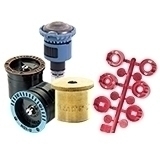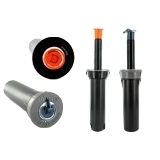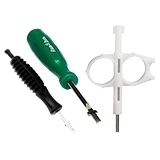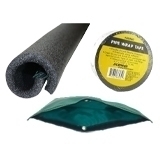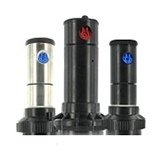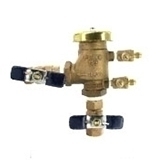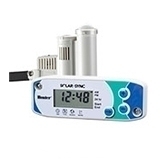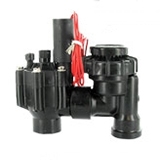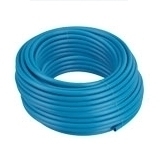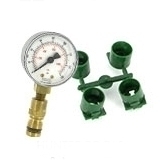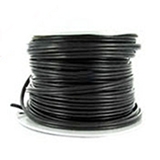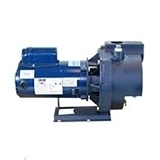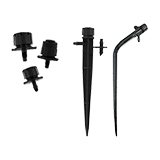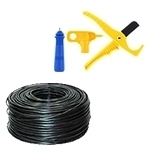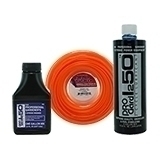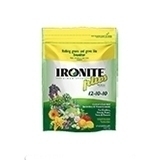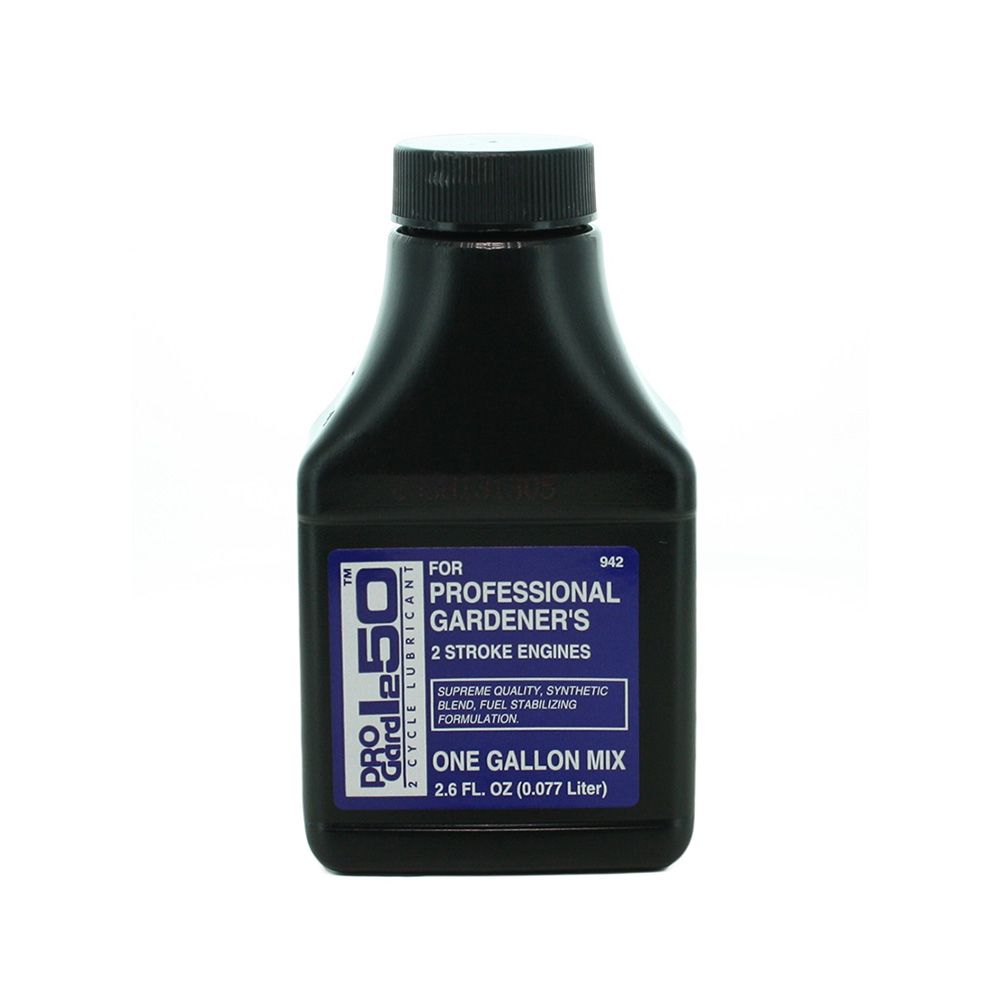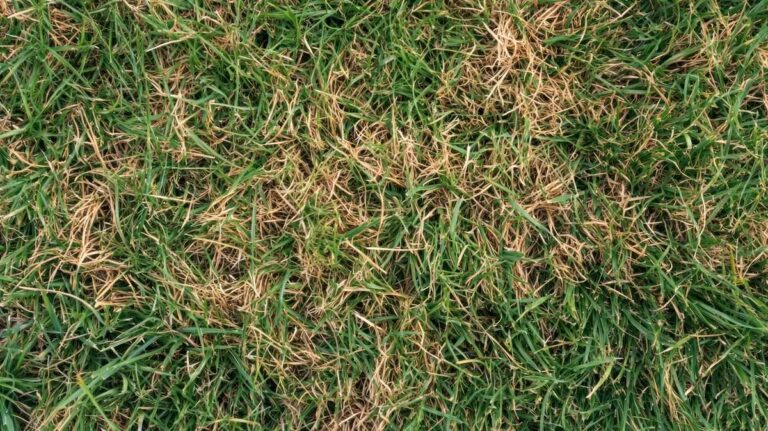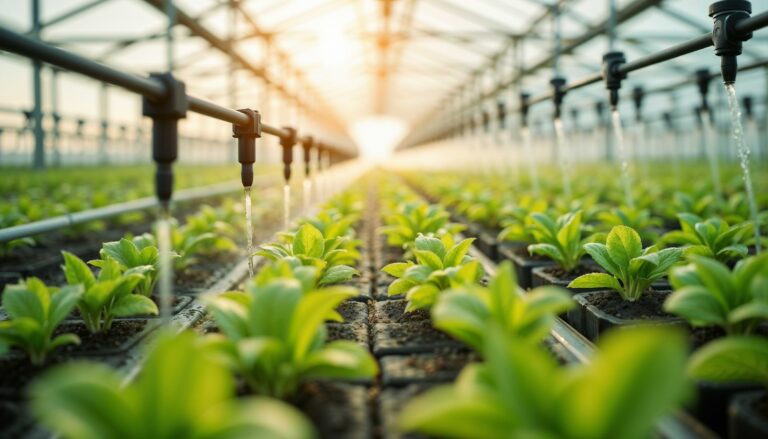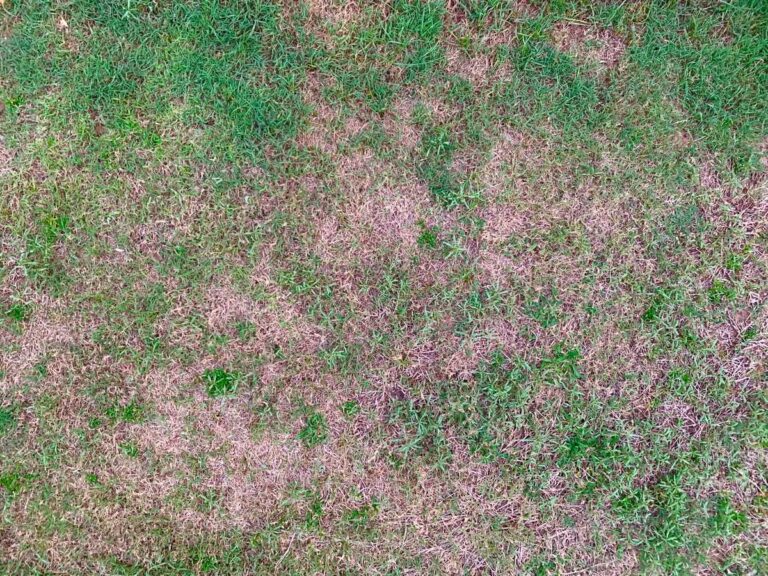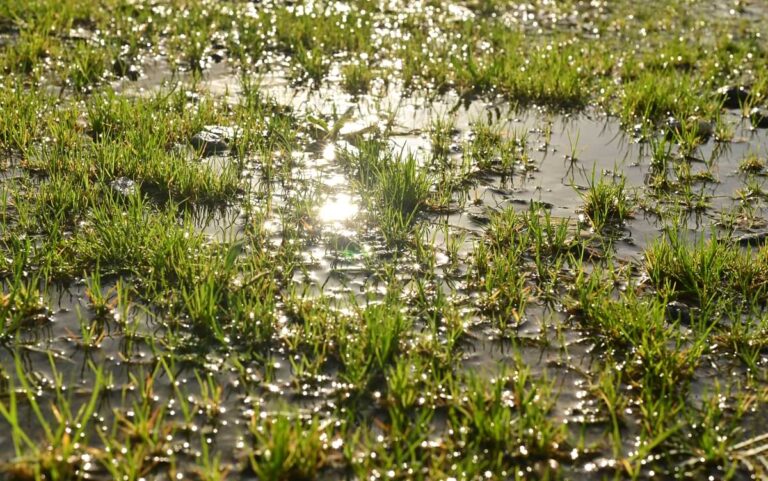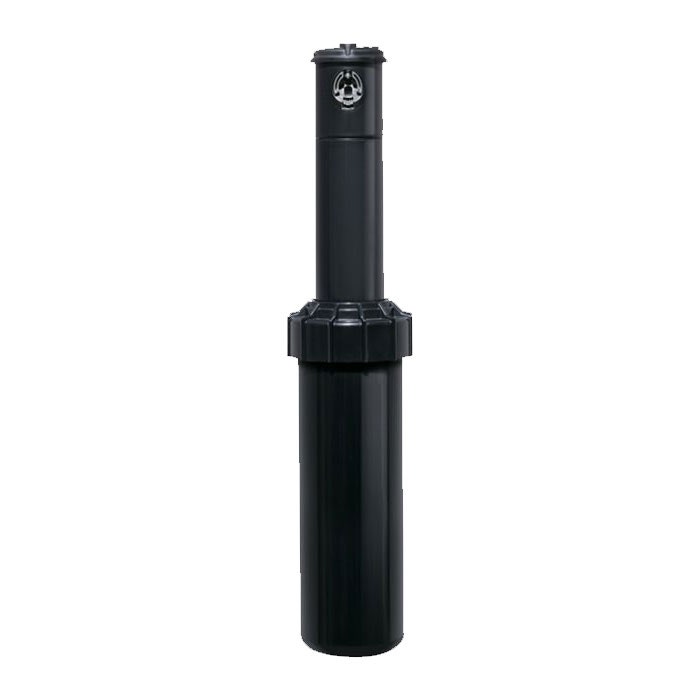Table of Contents: How to Get Rid of Standing Water in Your Yard
Standing water in your yard isn’t just a nuisance; it can be a sign that something’s off with your irrigation, plumbing, or drainage setup. Whether you’re dealing with puddles after rain or soggy spots that never seem to dry out, standing water can damage your lawn, attract pests, and even threaten your home’s foundation.
Let’s explore the most common causes and how to fix standing water in your yard.
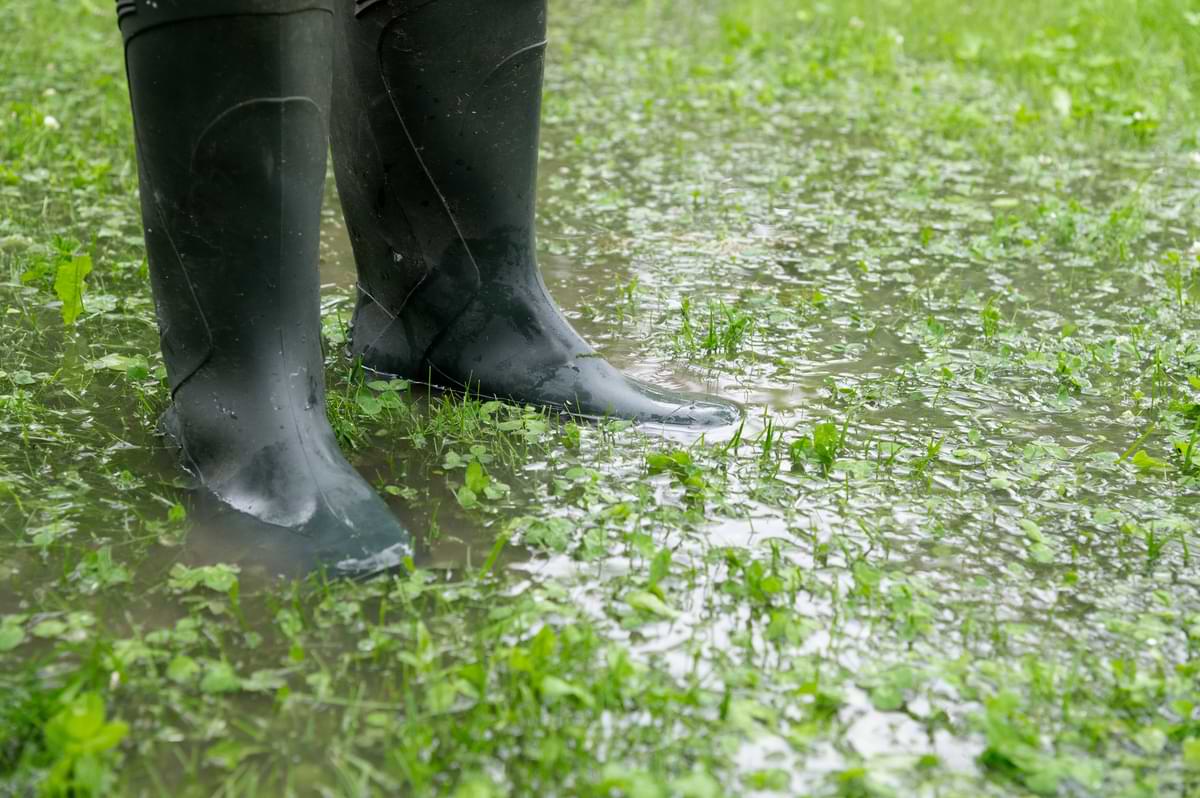
What Are the Common Causes of Standing Water?
If your lawn, garden, or patio has turned into a swampy mess, you’re not alone. Standing water can stem from a range of issues, from overactive sprinkler zones to poor drainage or hidden plumbing leaks.
Here are some of the most common culprits behind those persistent puddles.
Overwatering or Poor Irrigation
If your sprinkler system or hose timer runs too often or too long, your soil may become oversaturated. This is especially true in areas with clay-heavy or compacted soil, which drains more slowly. Drip irrigation, rotor sprinklers, and even manual watering setups can all contribute to the issue if not managed properly.
How to Fix: To solve this problem, adjust your irrigation schedule based on your soil type, slope, and local weather.
Pro Tip: Try “cycle and soak” watering to allow time for absorption between intervals. Break up the total watering time into several shorter cycles, giving the water proper time to soak into the soil instead of running off the surface. This approach helps prevent puddling, reduces erosion on slopes, and ensures deeper root hydration—especially in clay or compacted soils that absorb water slowly.
Leaky Valves, Pipes, or Outdoor Faucets
Water pooling in one area (especially when your system isn’t running) could point to a leaky irrigation valve, broken underground pipe, cracked garden hose, or even a faulty outdoor faucet. Slow leaks can cause persistent soggy patches that never fully dry out.
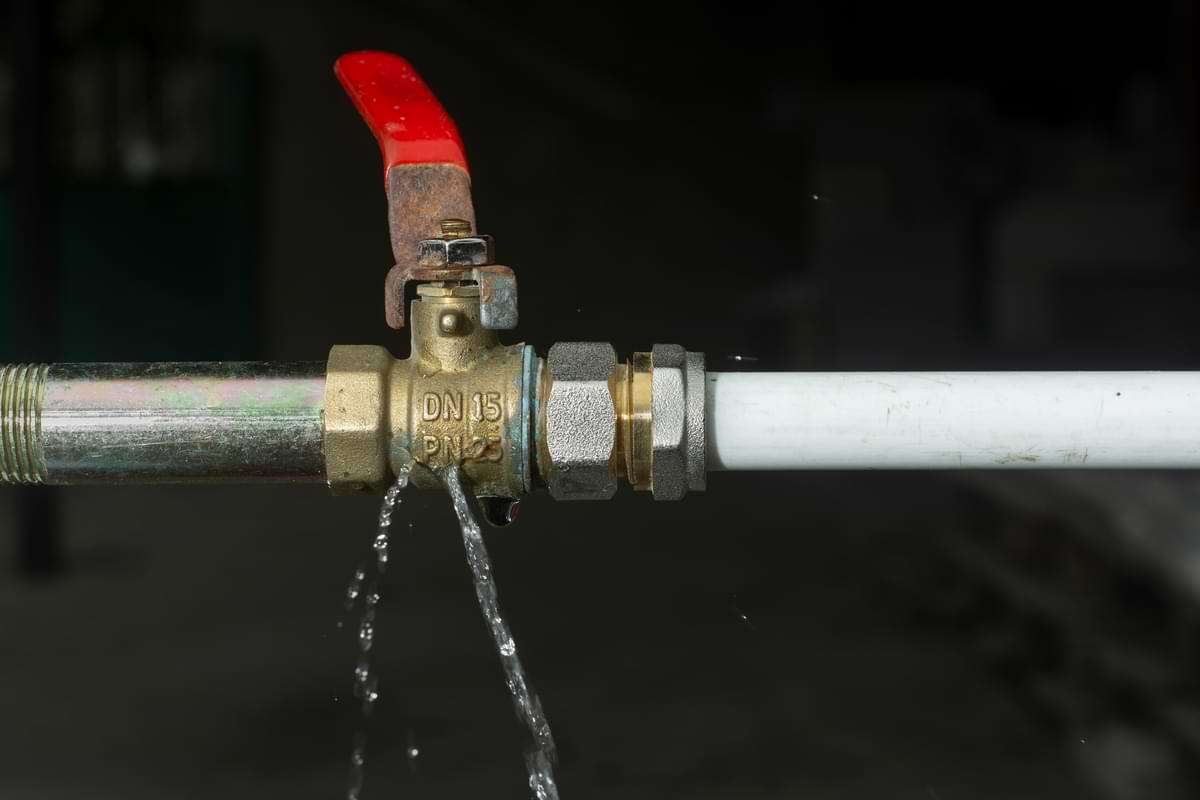
How to Fix: To take care of those leaks, shut off your main irrigation or water supply and check for continued moisture. Next, inspect valve boxes, connections, and outdoor plumbing fixtures for signs of leaks or corrosion.
Sunken, Tilted, or Damaged Sprinkler Heads
Sprinkler heads that sit too low, are misaligned, or are damaged may spray unevenly or create runoff. The water ends up pooling nearby instead of spreading evenly across your lawn or garden.
How to Fix: To fix sprinkler heads, you can level or raise sunken heads, replace cracked or clogged nozzles, and make sure each zone has proper head-to-head coverage.
Poor Drainage or Grading Issues
Even if your water system is working correctly, poor drainage can lead to standing water. Flat or improperly graded yards allow water to collect instead of draining away. This can also impact hardscape areas such as patios and walkways.
How to Fix: To resolve poor drainage and grading issues, you can regrade low areas to promote runoff, or install drainage solutions such as French drains, dry wells, or gravel trenches to redirect water away from problem zones.
Gutter or Downspout Runoff
Sometimes the issue isn’t with your irrigation at all. Clogged gutters, disconnected downspouts, or improperly directed stormwater can dump excess water into your yard, creating mini flood zones after every rainfall.
How to Fix: To prevent runoff, regularly clean gutters, extend downspouts away from your foundation, and consider splash blocks or underground drainage to guide water safely away from your landscape.
Pro Tip: A surefire method for directing water away from your property – your investment – is to implement catch basins at the base of downspouts, near entryways, and in low areas then install a pop-up relief valve near the edge of your yard. By incorporating this system, you’re allowing water to enter the catch basin and flow to the relief valve after which the valve will incrementally release the water onto the perimeter of or road adjacent to your property, bypassing water ingress.
Don’t Stand for Stagnant Water: Protect Your Lawn
Standing water in your yard is more than just a temporary inconvenience. Whether it’s caused by your sprinkler system, leaky outdoor plumbing, poor grading, or inadequate drainage, it’s important to identify the root cause early.
With a little troubleshooting—and in some cases, professional help—you can eliminate stagnant water and protect the health of your lawn, your landscape, and your home.
FAQs for Standing Water in Yard
What are the dangers of standing water in yard?
Standing water can attract mosquitoes, promote mold and algae growth, and suffocate plant roots. Over time, it can also weaken your soil structure and damage foundations. In some cases, it can even lead to health hazards for pets and children who come into contact with it.
How long does it take for water to become stagnant?
Water can become stagnant in as little as 24 to 48 hours, especially in warm conditions with no movement or filtration. Once stagnant, it quickly becomes a breeding ground for insects and harmful microorganisms.
Is stagnant water drinkable?
No, stagnant water is not safe to drink. It may contain harmful bacteria, parasites, or chemicals and should never be consumed without proper filtration and treatment, even in survival situations.
If you want to stay up-to-date on the latest Sprinkler Warehouse news and make the most of all of our one-of-a-kind promotions, join the Irri-Gator community today. Happy watering, Irri-Gators!


